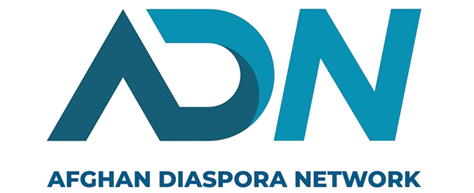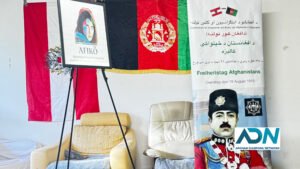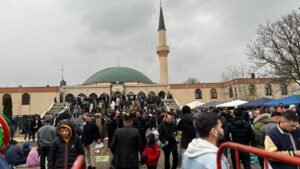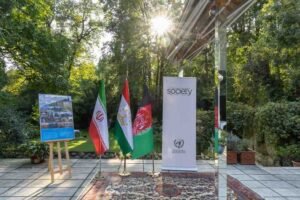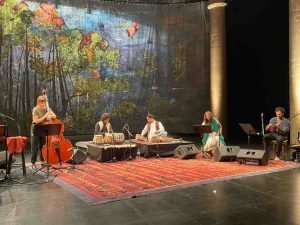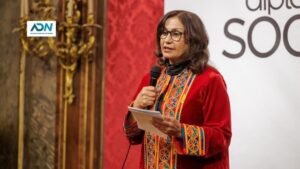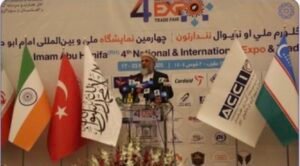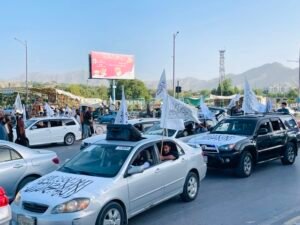Turning Art into the Heartbeat of Change

Omaid Sharifi - Founder and CEO of ArtLords. Photo: @Ali Ahmad for ADN
ADN
When Omaid Sharifi, founder and CEO of ArtLords, picks up a paintbrush, he’s not just creating art – he’s sparking dialogue, healing wounds, and reclaiming public space. From the blast walls of Kabul to the streets of Manhattan, Sharifi’s movement demonstrates how color, creativity, and community can resist oppression and inspire hope across borders.
Speaking to participants after a mural painting event in Geneva, Sharifi began with gratitude: “Thanks to all of you who participated in today’s mural painting. I hope that gave you an idea of how we were painting these murals in the streets of Kabul, Nairobi, or Sri Lanka.” His words reflect the global journey of ArtLords, a collective born in 2014 amid Afghanistan’s chaos, that has since expanded to over 20 countries and produced more than 2,500 murals.
At its heart, ArtLords is an experiment in what Sharifi calls artivism – the fusion of art and activism.
“The idea,” he explains, “is to bring art and activism together for freedom, for healing, for solidarity, for empathy, for kindness – for all of that. It’s very important that we have it in our life.”
From Blast Walls to Canvases of Hope
The movement began with a simple but revolutionary idea: transform the grey concrete barriers of Kabul – built to protect from bombs – into canvases of hope. These once-fearful structures became murals of peace, resilience, and civic dialogue.
“We wanted to use public art as a tool for healing, something that transforms spaces,” says Sharifi. “That corner of a street becomes a civic space where we talk about ourselves, our challenges, and our indigenous solutions.”
Sharifi recalls how early murals in Kabul became more than decoration; they became conversations. Passersby would stop, contribute ideas, and take ownership of the art.
“Cocreation is very important,” he stresses. “Every mural we have done, whether in Afghanistan or abroad, has been painted by 50 to 200 people. We give ownership to the community. They know the solutions.”
Though now based in Washington, D.C., ArtLords’ heart remains in Afghanistan. The organization has grown from a small Kabul initiative into a global network of “artivists” working for peace and justice. In recent years, the group has created murals in Kenya, Nepal, Sri Lanka, and the United States.
One of its most powerful projects unfolded in Manhattan, New York, dedicated to “all artists at risk – from Ukraine to Palestine to Afghanistan.” For Sharifi, such projects are not only symbolic but necessary.
“We want to make sure that public art is the heartbeat of every nation,” he says. “Art should not just follow the change – it should lead it.”
Art for Healing and Resistance
Beyond activism, Sharifi emphasizes art’s role in mental health. “All of you who are leading initiatives – your mental health is very important,” he reminds his audience.
“If you’re not in a good place, you cannot create solutions.” In Afghanistan, where conflict has fractured communities and mental health services are scarce, ArtLords has become a rare source of healing.
In Herat, for instance, 680 women have joined ArtLords’ programs, using painting as therapy and self-expression. Many have been trained as art therapists, creating safe spaces for others to process trauma through creativity. “This is the only tool available in Afghanistan right now,” says Sharifi.
ArtLords’ ongoing campaign, I Stand With You, confronts the gender apartheid faced by Afghan women under Taliban rule.
“We all have to take a moment for the women of Afghanistan,” Sharifi urges. Through murals, theatre, and music, the campaign connects Afghan artists with international universities like Princeton and Georgetown, amplifying women’s voices and stories of resilience.
Sharifi also warns of another battle being fought in Afghanistan – the cultural one.
“Hundreds of thousands of young people are getting radicalized,” he says. “There’s no counter-narrative to that.” Extremist groups use poetry, songs, and imagery to glorify violence within hours of an event. “They’re that quick. We need to be just as quick, just as creative.”
For Sharifi, the solution lies in reclaiming creativity. “Let’s make art the heartbeat of any change we want to see,” he says. “Art can heal, art can unite, art can resist.”
ArtLords may have begun with a bucket of paint on a Kabul wall, but it has become a global symbol of resilience. Each mural, from Herat to Manhattan, tells a story of courage and community, proving that even in the darkest corners, art can light the way forward.
As Sharifi puts it, “With a brush, you can survive. You can expand. You can be an example of what is possible.”
